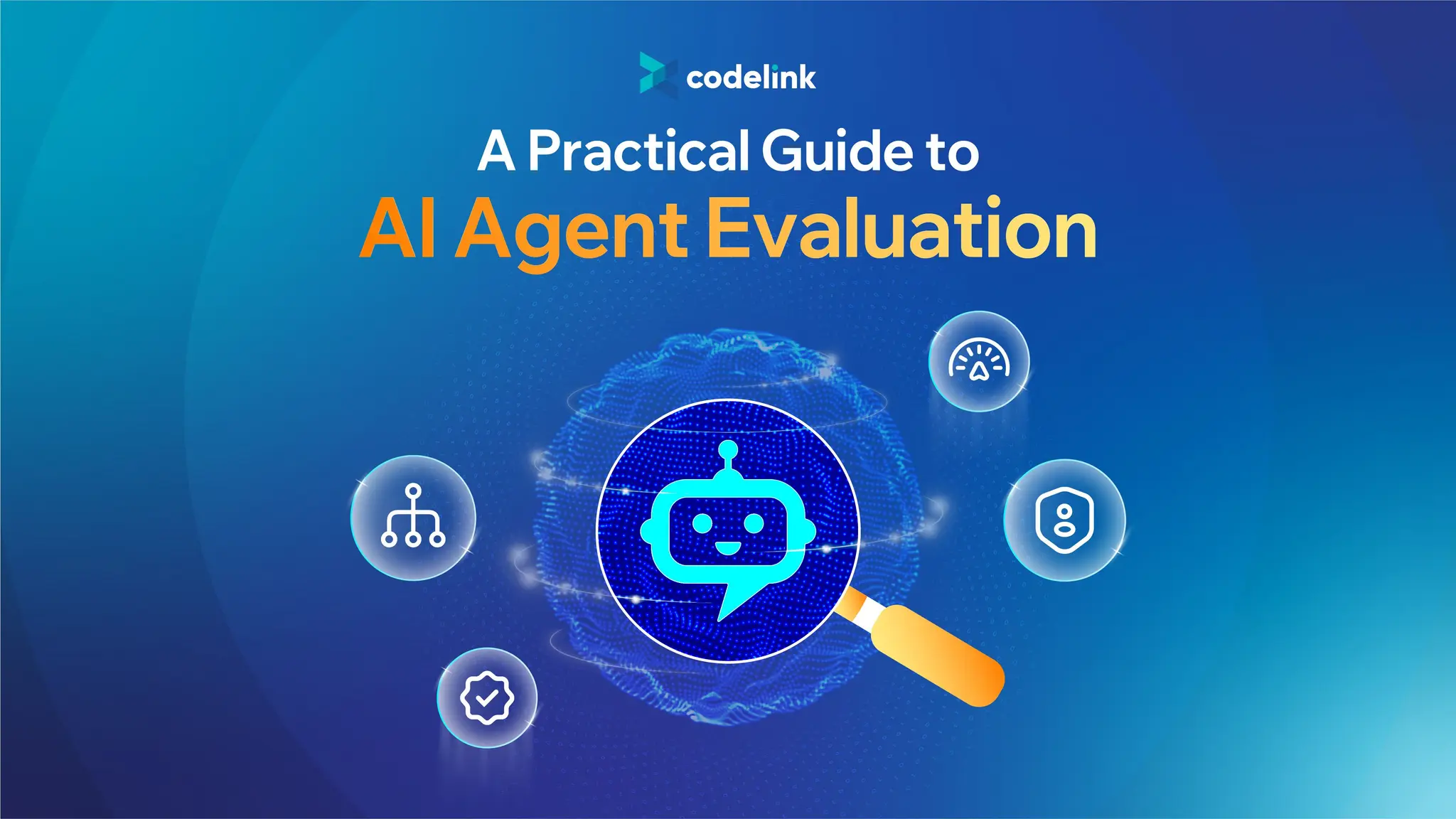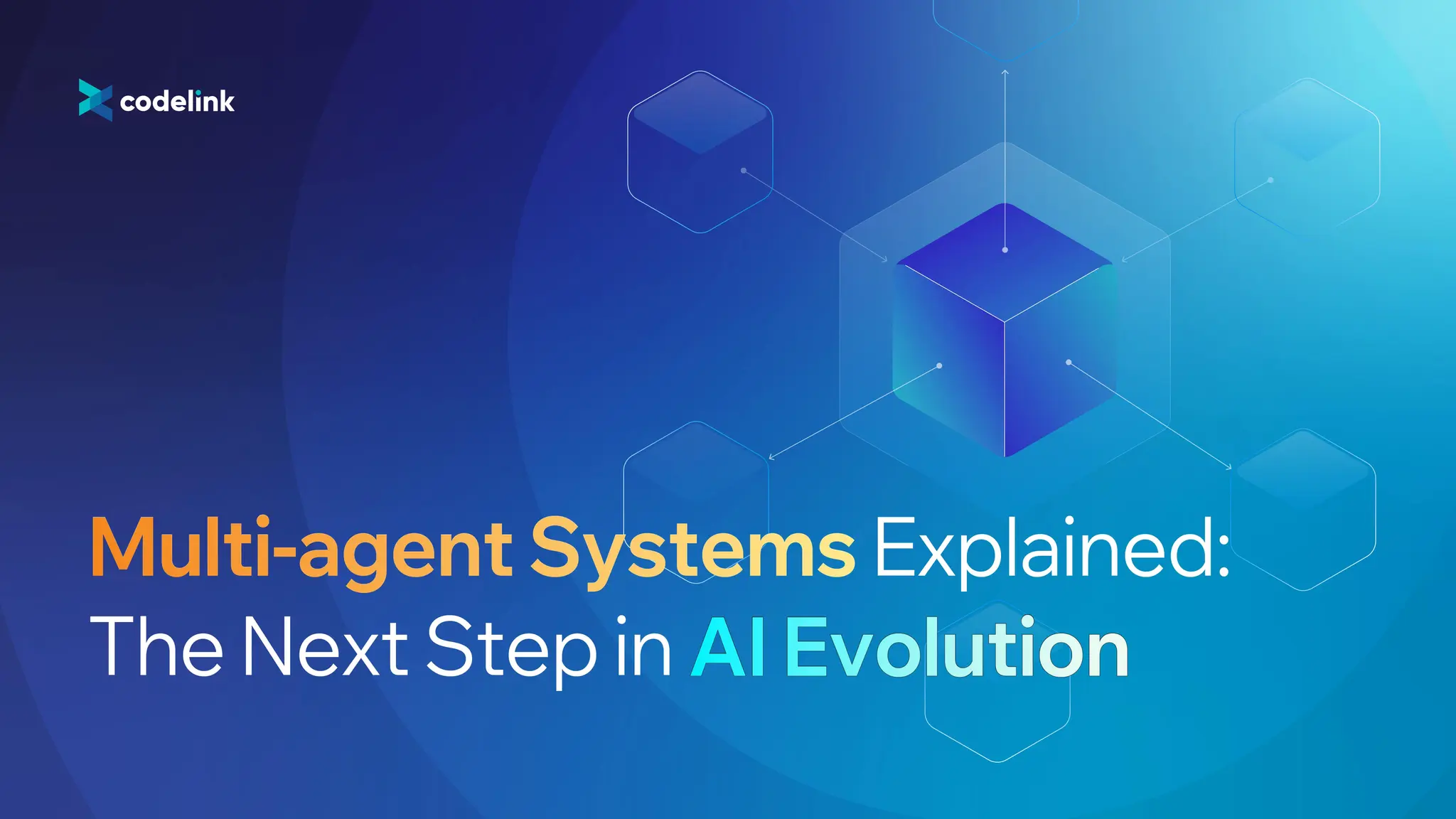A Comprehensive Guide to QA Strategies for Testing AI-Based Systems
This blog will take you through the Quality Assurance Strategies for Testing AI-based Systems. You will learn the challenges and the key aspects that can elevate your testing approach and ensure the reliability of AI systems.

As artificial intelligence (AI) continues to revolutionize various industries, the need for rigorous testing methodologies becomes paramount. Testing AI-based systems presents unique challenges that demand a nuanced approach to ensure their accuracy and reliability. This article delves into the intricacies of testing AI-based systems, offering you insights into effective QA strategies to address all challenges.
Challenges of Testing AI-Based Systems
Testing AI-based systems introduce a set of intricate challenges arising from their inherent complexity and non-deterministic nature. These challenges, outlined below, emphasize the nuanced approach required to ensure the reliability and functionality of AI systems.
Complexity and Non-deterministic Nature of AI
While conventional systems reliably produce consistent outcomes with the same inputs due to their deterministic nature, AI models bring in a level of non-determinism. This means that identical preconditions and inputs can result in multiple valid outcomes, presenting challenges in confirmation and regression testing. Defining expected results becomes particularly challenging, and the variability inherent in AI-based systems further complicates test reproducibility.
Lack of Explicit Rules and Specifications
Testing conventional systems relies on rule-based approaches, providing clear and precise definitions for expected results. In contrast, the absence of explicit rules and specifications in AI-based systems adds complexity to testing. Testers must incorporate tolerance levels and deepen their understanding of the intricate behavior of AI systems.
Significantly Vast Input Space
Conventional systems thrive within a fixed input space, allowing testers to anticipate and evaluate various scenarios effectively. In contrast, AI-based systems operate within a significantly vast potential input space. Identifying and testing all possible scenarios becomes a daunting task, amplifying the challenges associated with ensuring comprehensive test coverage.
Self-Learning Systems and Unpredictable Changes
Conventional systems adhere to static, predefined requirements, offering a stable foundation for testing. In contrast, AI-based systems dynamically adapt through self-learning mechanisms. This introduces a unique set of challenges as testers grapple with designing tests for unexpected and undocumented changes made by themselves.
QA Strategies for Testing AI-Based Systems
The upper part introduces a set of intricate challenges in testing AI-based systems. Now, let's learn how to build robust quality assurance (QA) strategies to ensure the reliability, accuracy, and effectiveness of the AI-based system. This framework encompasses key aspects aimed at enhancing testing methodologies tailored specifically for AI models.
Strategy for Acquiring Insights into the AI Model

Explainable AI (XAI) is a critical element in understanding the decision-making process of AI models. In the context of testing, having a strategy for acquiring insights into the AI model is essential. This involves employing techniques that make the decision-making process transparent and interpretable. By using tools and methodologies that facilitate model explainability, testers can gain a deeper understanding of how the AI system reaches its conclusions. This transparency is crucial for identifying and rectifying any biases, errors, or unexpected behaviors that may arise during the testing phase.
Leverage Data-Driven Testing to Achieve Higher Efficiency
Data is the lifeblood of AI-based systems, and leveraging data-driven testing is a key aspect of ensuring the efficiency and effectiveness of AI testing efforts. By designing test scenarios that encompass a diverse set of inputs, including edge cases and outliers, testers can evaluate the system's performance across a spectrum of real-world situations. Data-driven testing helps identify potential biases, weaknesses, or inaccuracies in the AI model, enabling a more thorough validation process.
Select Techniques for Testing AI-Based Systems

An AI-based system comprises both AI and non-AI components, each requiring distinct testing strategies. While conventional testing methods suffice for non-AI components, AI-based elements present unique challenges in terms of test oracle problems and perceived risks.
Adversarial Testing unveils vulnerabilities through white-box and black-box attacks. Pairwise Testing efficiently covers diverse parameters in complex AI systems. Experience-based testing, encompassing error guessing and exploratory testing, ensures adaptability. Additional techniques like Back-to-Back Testing, A/B Testing, Metamorphic testing, and Data Poisoning Testing provide valuable perspectives.
Adversarial Testing
An adversarial attack is where an attacker subtly perturbs valid inputs that are passed to the trained model to cause it to provide incorrect predictions. Adversarial attacks, such as pixel manipulations in image classifiers, by simply changing a few pixels which are invisible to the human eye, it is possible to persuade a neural network to change its image classification to a very different object with a high degree of confidence. White-box attacks leverage knowledge of the model's algorithm and parameters, while black-box attacks explore and replicate model functionality. Adversarial testing aims to identify vulnerabilities and prevent future failures, incorporating discovered examples into the training data to enhance the model's recognition capabilities.

Pairwise Testing
In situations where AI-based systems have multiple parameters, pairwise testing becomes a practical choice. Pairwise testing efficiently covers various combinations of input parameters, reducing the number of test cases while maintaining defect detection capability. This technique is particularly relevant for complex AI-based systems with numerous parameters of interest.
Experience-Based Testing
Experience-based testing methods, including error guessing, exploratory testing, and checklist-based testing, are crucial for testing AI-based systems. Error guessing relies on testers' knowledge, anticipating potential issues based on typical developer errors and past failures. In exploratory testing, tests are designed, generated, and executed iteratively, with the opportunity for later tests to be derived based on the test results of earlier tests. This approach is particularly beneficial for AI systems with unclear specifications or test oracle problems.
Conclusion
Testing AI-based systems requires a dynamic and adaptable approach to address their inherent complexities. By integrating QA strategies for acquiring insights, leveraging data-driven testing, and selecting appropriate testing techniques, testers can craft robust testing frameworks. This will help to address the complexities of AI-based systems and ensure their reliability and functionality.
Don't let the complexities of AI-based systems hold you back. Try our step-by-step guide today, or choose CodeLink as your trusted partner. We provide Artificial Intelligence & Machine Learning services that can solve your unique problems and drive positive change. To learn more about our AI and ML services, kindly visit https://www.codelink.io/services/ai-ml.

Chi Vu
QA Engineer
Chi Vu is a seasoned QA Engineer with eight years in manual and automation testing, excels in end-to-end strategies. Holding a Master's in Software Engineering, she optimizes frameworks and collaborates effectively to ensure high-quality software delivery.






